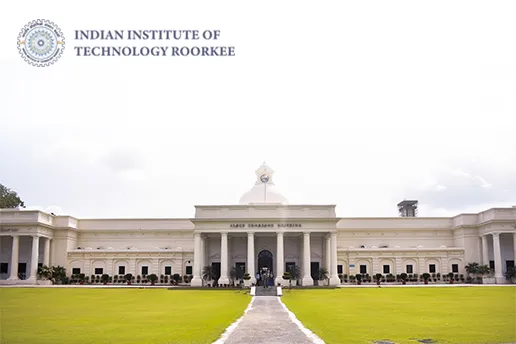Union Budget of 2023-2024 will be announced on 1st February 2023, and plenty of key factors need to be addressed. However, in this blog, we will cover the most basic thing: the primary terms for learners.
If you want to know the finances of India and managerial economics better, understanding union budget 2023 is crucial. So, let’s clear your concept. First, let’s start with the meaning of the union budget.
What is the Union Budget of India?
It is a budget presented by the Finance Minister (Currently Nirmala Sitharaman) regarding the projected details and payables of the government for the particular fiscal year (April 1 to March 1), The Union Budget of India is divided into two parts: revenue budget and parts-capital budget.
What is Revenue Budget?
It is approximated for infrastructure and expenditure. It is for growth and development. The revenue budget consists of receipts of tax and non-tax revenues. It is also made up of other taxes, such as corporate tax, income tax, and government duties.
What is Capital Budget?
The capital budget consists of receipt and payment. It is divided into two parts:
- capital receipts
- capital expenditure
The capital receipt indicates the incoming cash flows. Also, capital receipts are formed from loans from RBI, the general public, and a foreign government.
Capital expenditure is the money spent by the government for the development of the country. Equipment, machinery, health facilities, and education are part of capital expenditure. It also includes land and investment that gives the government profits or dividends in the future.
What is a Fiscal Deficit?
It represents the government’s total funds and its total revenue. The fiscal deficit is the borrowed funds to meet government expenditures. It includes borrowing from the Reserve Bank of India, government securities, non-debt capital receipts, loan recovery, and disinvestment. A fiscal deficit is one of the primary contributors to inflation.
What is a Primary Deficit?
The primary deficit is a difference between the fiscal deficit of the current year and the previous year. In other terms, it is the fiscal deficit minus interest payments. It indicates how much the government borrows to meet expenses other than interest payments. Also, it is one of the essential measures to determine the government deficit.
Central Plan Outlay
The Public enterprise’s outlay provides the extra-budgetary resources needed for the central plan. Energy, transportation, social services, general economic services, communications, science and technology, rural development, irrigation, and other areas receive funding from the central plan.
Direct Taxes and Indirect Taxes
Income tax, corporate tax, and so on. Individuals and corporations pay direct taxes on their earnings. Consumers pay indirect taxes when purchasing goods and services. Excise duty, customs duty, and so on.
Bottom Line
Understanding the union budget is vital for every learner with financial and non-financial backgrounds. Moreover, if you are pursuing an educational course, you better take notes of it. And, a few courses will shape your career. One of them is Manipal University Jaipur, which has an amazing online MBA program that helps you polish your career. Visit Jaro Education to enroll in it.





